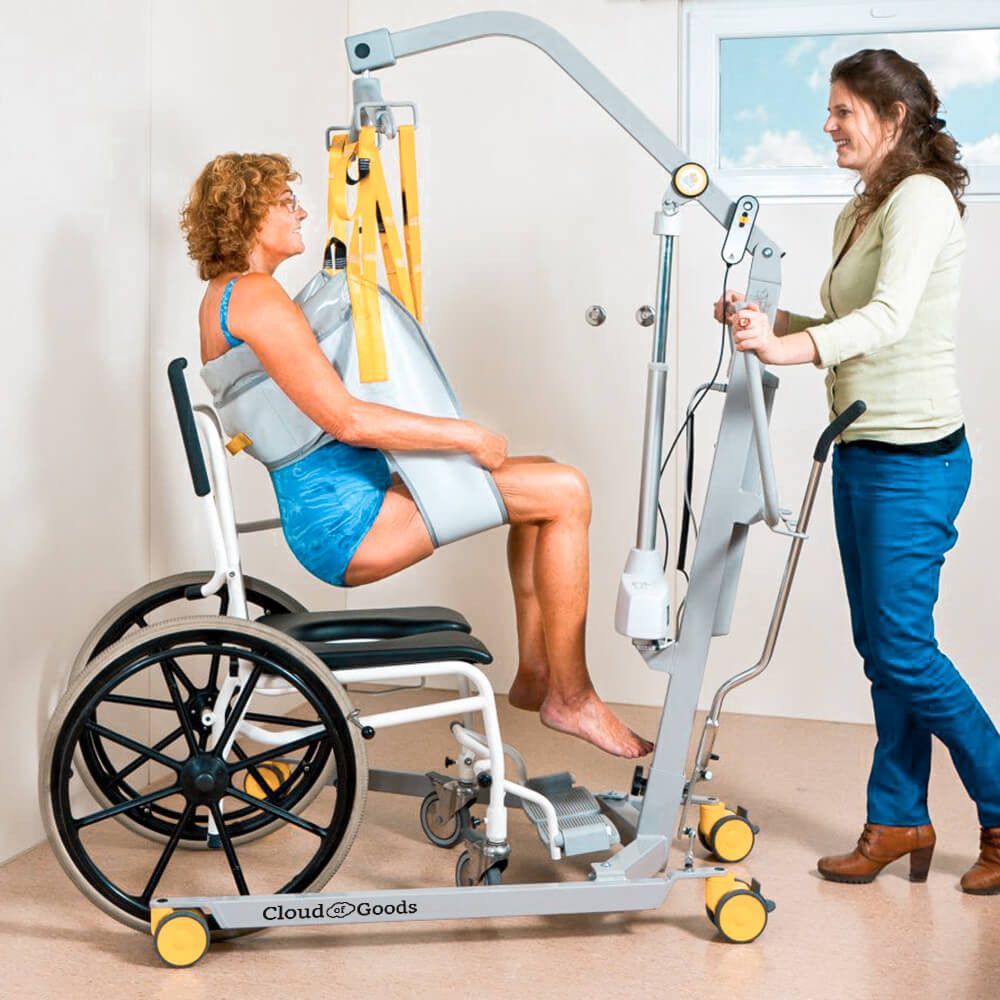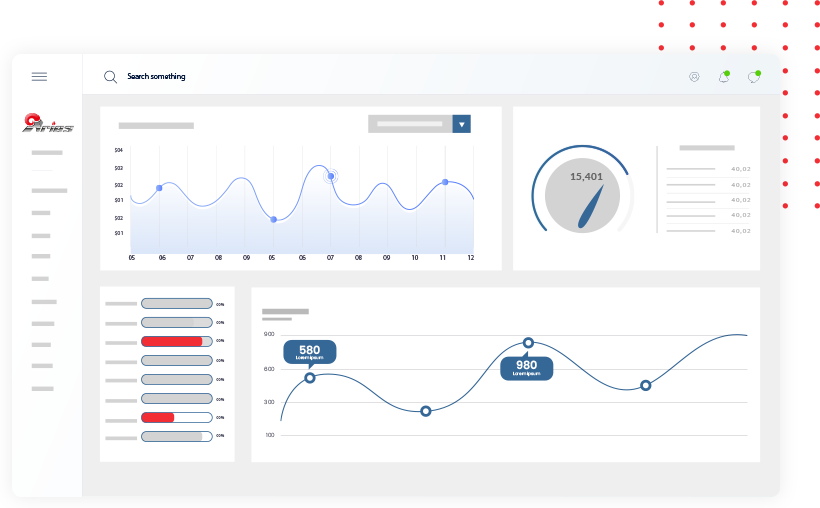Image Source- Google
Car accidents are a common occurrence on roads around the world, and they can have serious consequences for those involved. In legal cases related to car accidents, technology plays a crucial role in gathering evidence, reconstructing the events leading up to the accident, and presenting a strong case in court. Top-rated car accident attorneys who specialize in car accident cases have a range of technological resources at their disposal to help them navigate the complexities of these cases and secure the best possible outcome for their clients.
The Importance of Technology in Car Accident Cases
Technology has significantly changed the way car accident cases are handled in recent years. From gathering evidence to presenting complex data in court, technology has made the process more efficient and effective. Here are some key reasons why technology plays a crucial role in car accident cases:
1. Gathering Evidence
- Attorneys can use dashcam footage, surveillance videos, and photos taken at the scene of the accident to gather crucial evidence.
- GPS data and black box information from vehicles can provide valuable insights into the events leading up to the accident.
- Drones can be used to capture aerial images of the accident scene, helping attorneys reconstruct the sequence of events.
2. Accident Reconstruction
- Software programs can recreate the accident scene in 3D, allowing attorneys to demonstrate how the accident occurred.
- Virtual reality technology can provide a realistic simulation of the accident, helping jurors understand complex technical details.
- Data from vehicle sensors can be analyzed to determine factors such as speed, braking, and steering at the time of the accident.
Technological Resources for Attorneys
Attorneys specializing in car accident cases have access to a variety of technological resources that can help them build a strong case for their clients. These resources can range from software programs to hardware devices that aid in evidence collection and presentation. Here are some key technological resources available to attorneys:
1. Case Management Software
- Software programs designed specifically for car accident cases help attorneys organize and manage large volumes of evidence and documents.
- These programs can track deadlines, store contact information for witnesses and experts, and generate reports for courtroom presentations.
- Cloud-based solutions allow attorneys to access case information from anywhere, making collaboration with team members more efficient.
2. Forensic Software
- Forensic software can analyze digital evidence such as cell phone records, social media posts, and email communications related to the accident.
- This software can uncover crucial information that may not be immediately apparent, helping attorneys strengthen their case.
- Forensic software can also help detect tampering or alterations in digital evidence, ensuring its admissibility in court.
3. Virtual Reality Technology
- Virtual reality technology allows attorneys to create immersive simulations of the accident scene, providing a detailed visual representation of the events.
- Judges and jurors can virtually walk through the accident scene, gaining a better understanding of the circumstances surrounding the accident.
- This technology can make complex technical details more accessible and engaging, helping attorneys present their case more effectively.
Conclusion
Technology has revolutionized the way car accident cases are handled by attorneys, providing them with powerful tools to gather evidence, reconstruct accidents, and present compelling arguments in court. By leveraging these technological resources, attorneys can build stronger cases for their clients and increase their chances of securing favorable outcomes in car accident lawsuits. As technology continues to advance, it will play an increasingly important role in the legal field, helping attorneys navigate the complexities of car accident cases with greater efficiency and effectiveness.








